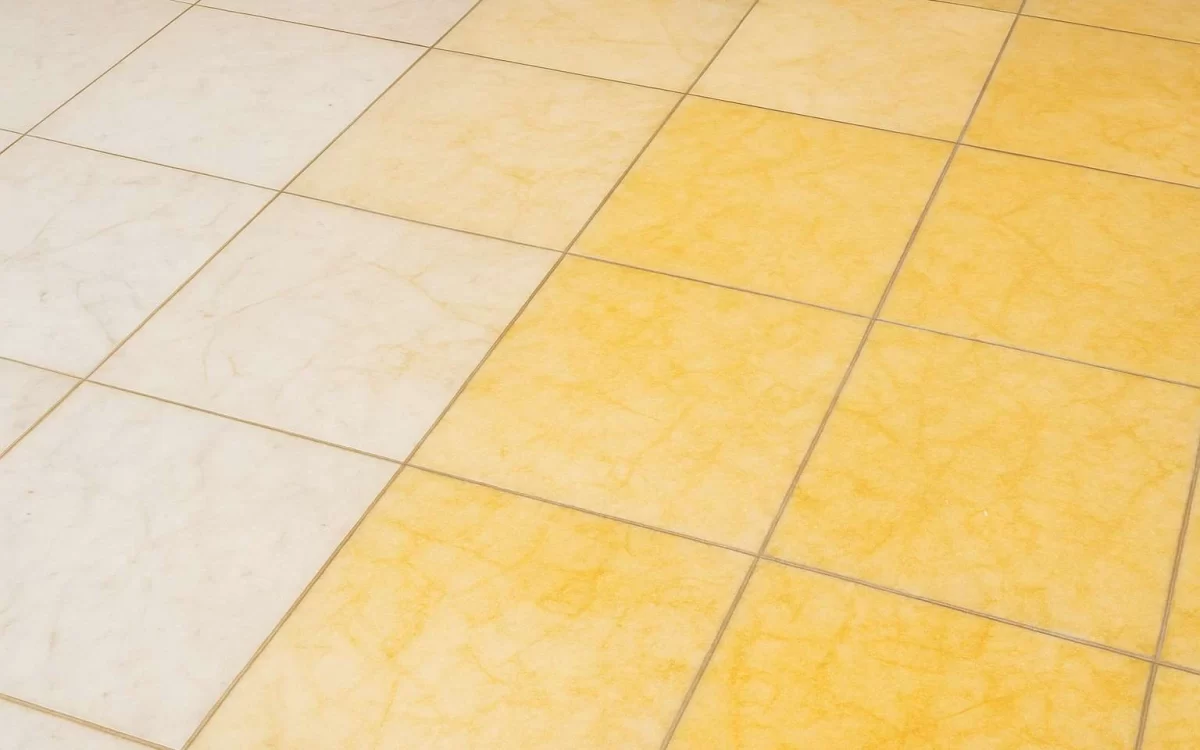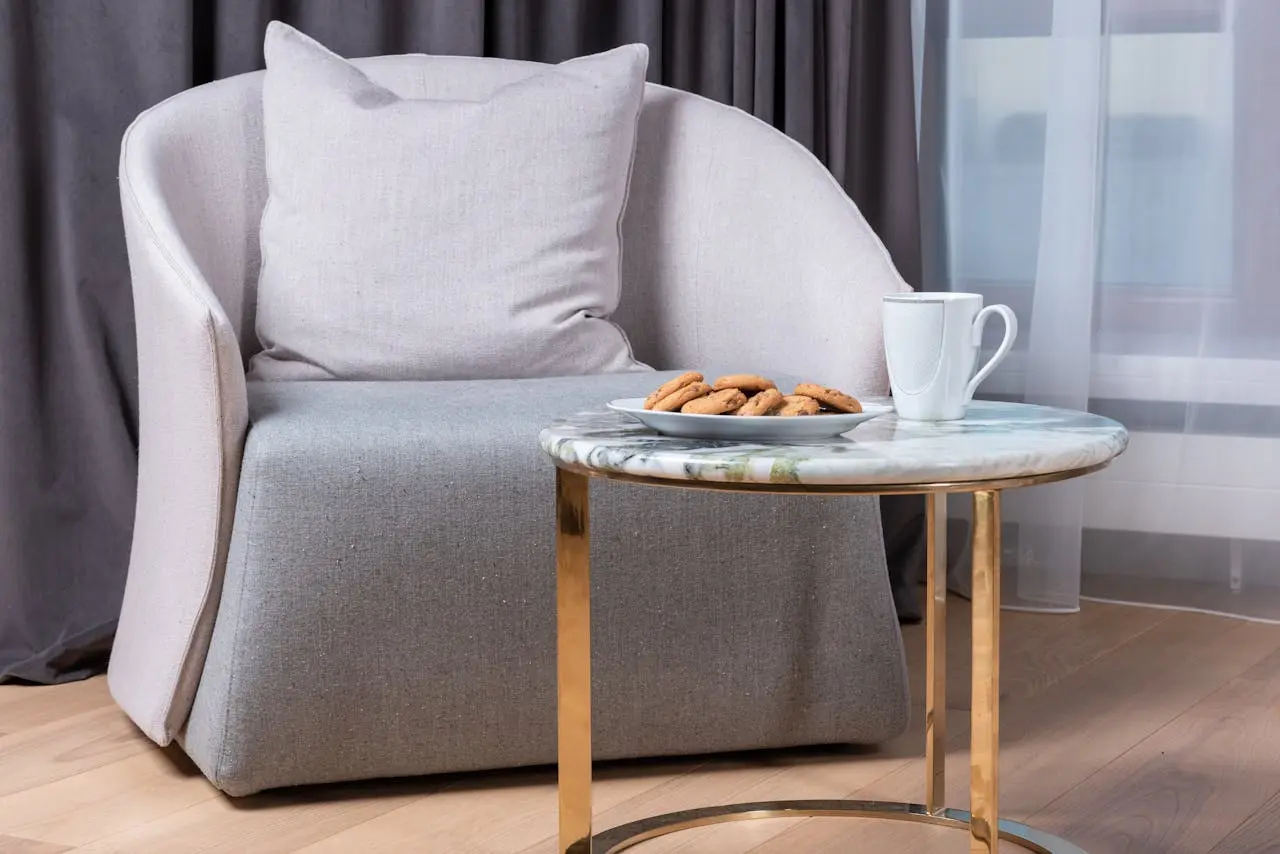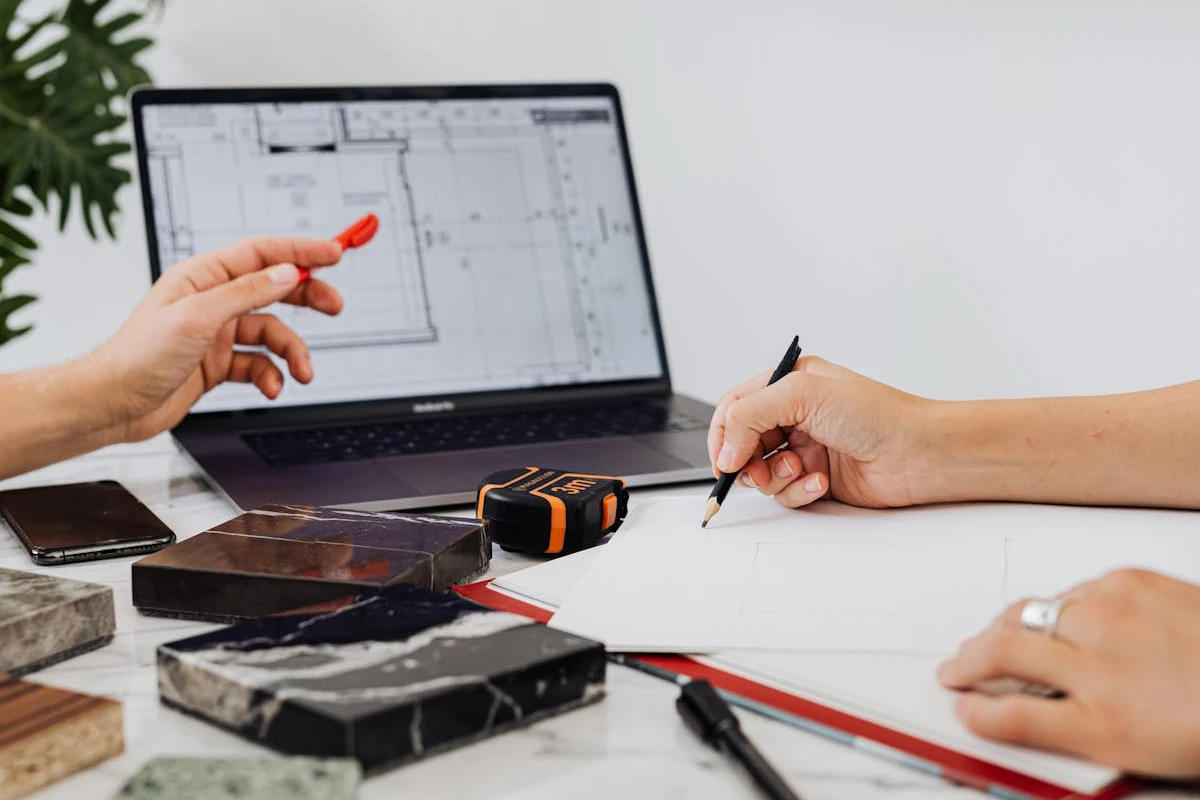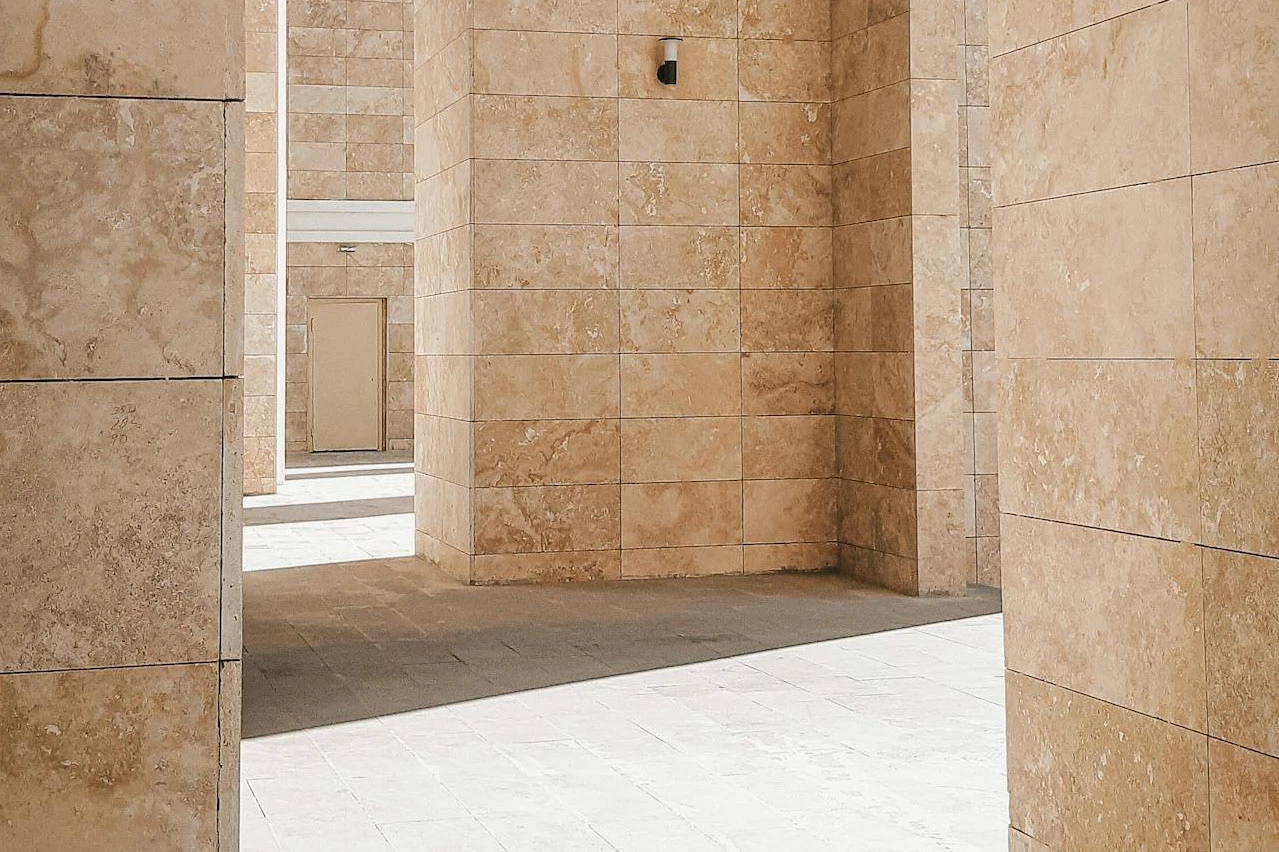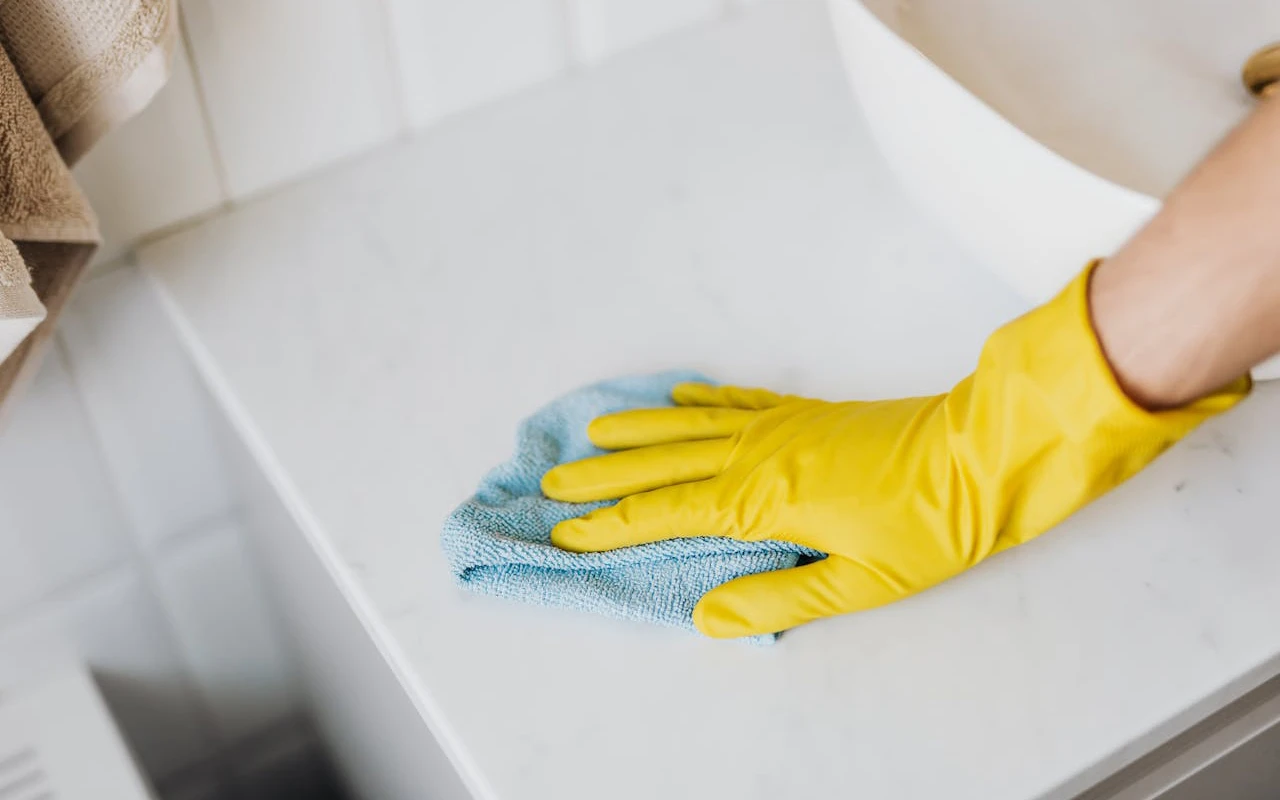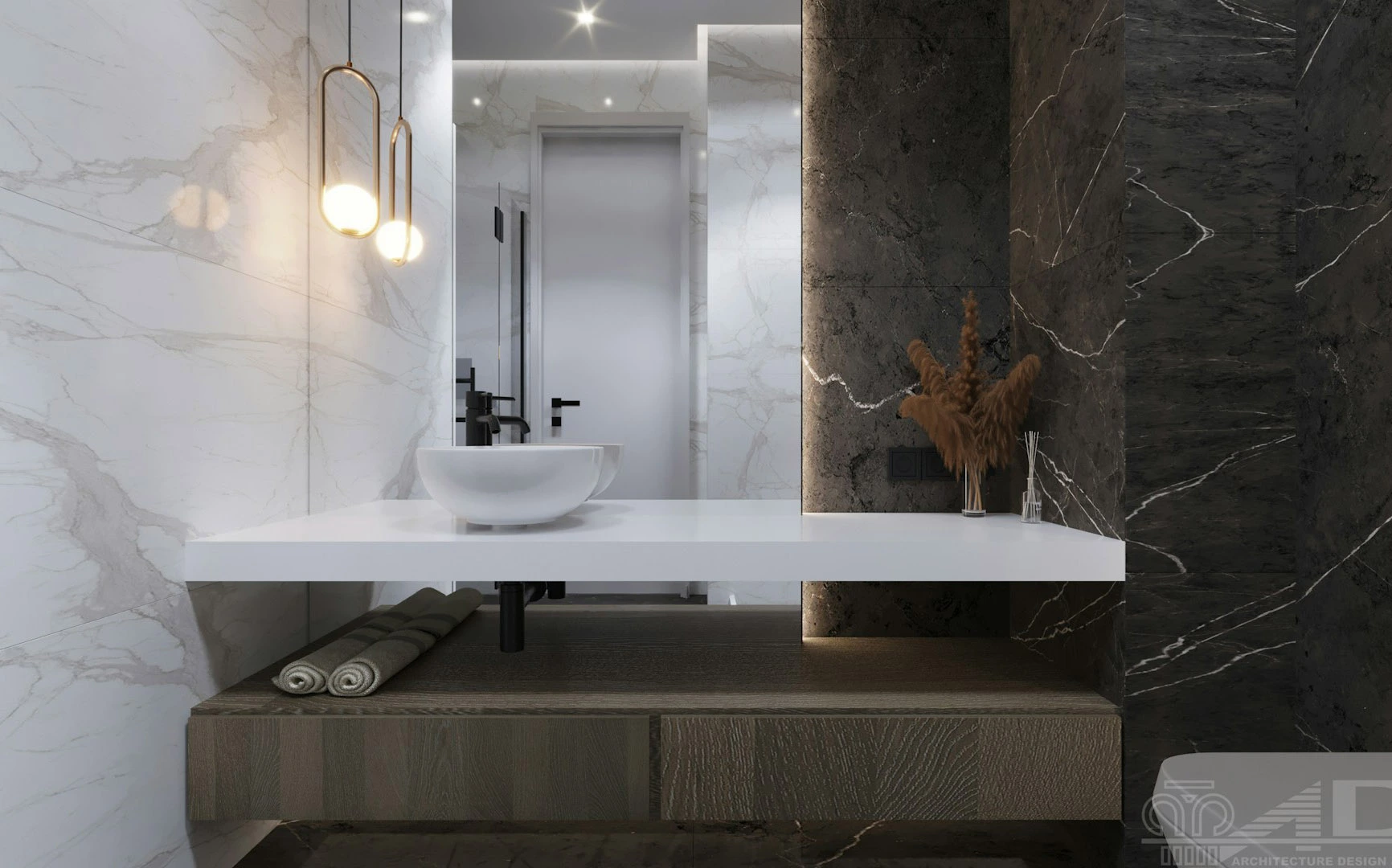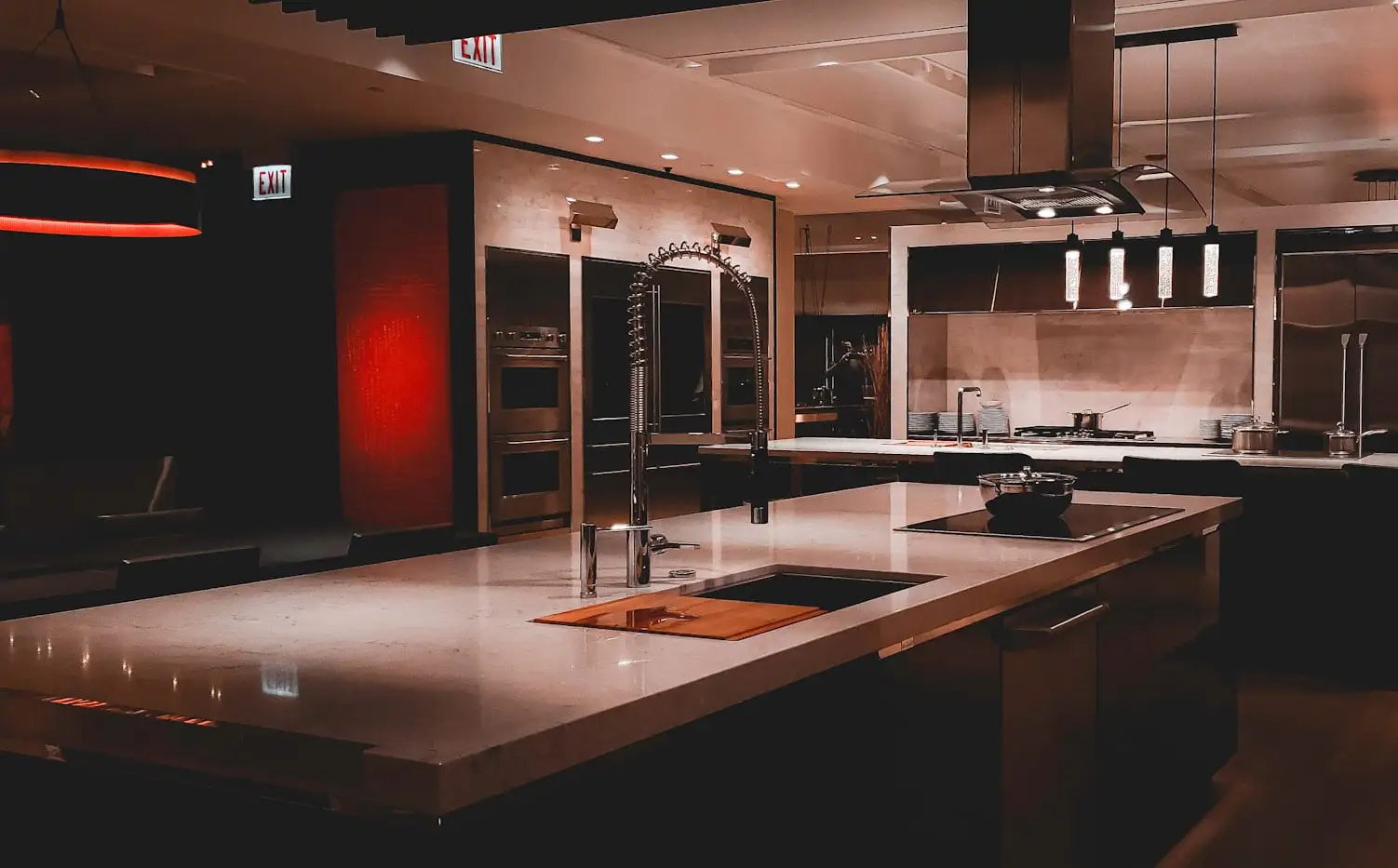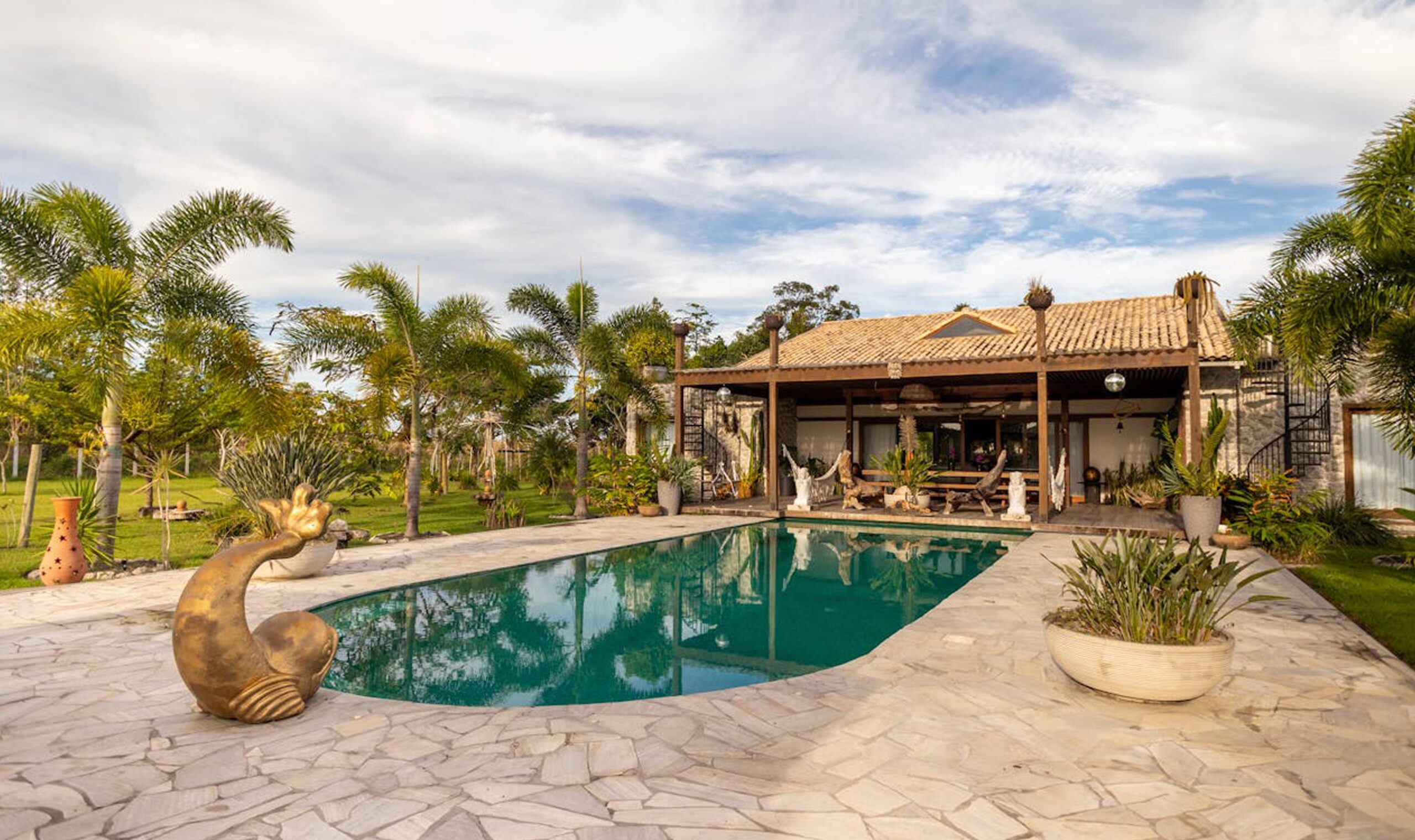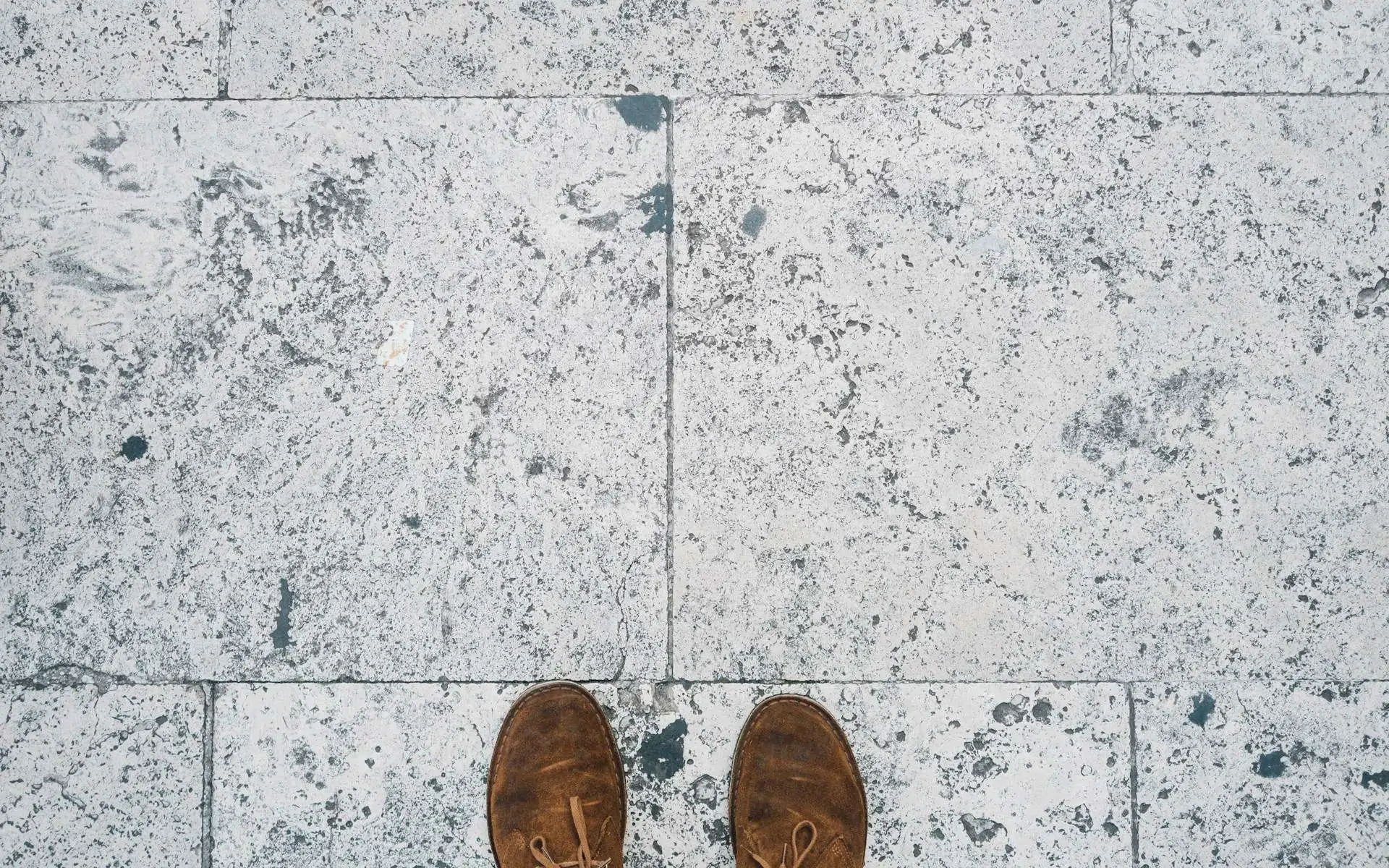Marble is prized for its bright, clean elegance—so when it starts to turn yellow, it’s not just unsightly—it’s alarming. But yellowing marble isn’t always a lost cause. In fact, with the right knowledge, you can reverse or prevent it completely.
Let’s explore the most common reasons for yellowing and what you can do about it.
⚠️ Common Causes of Yellowing Marble
🧬 1. Iron Oxidation (Rusting from Within)
Marble naturally contains iron minerals. When exposed to water and air over time—especially during wet cleaning or in humid environments—those iron particles begin to oxidize, creating a yellow to brown discoloration.
Most common in: White or light-colored marble
💧 2. Moisture Trapped Beneath the Surface
Moisture from improper sealing or poor ventilation can seep into the marble and create yellow or dull patches.
Typical culprits:
Improperly sealed floors
Leaks under countertops
Damp bathroom environments
3. Dirty or Aged Wax and Sealers
Some older or lower-quality sealers and waxes may break down over time, trapping dirt and causing a yellowish haze.
Especially common in marble floors that have been repeatedly waxed.
4. Heat and UV Exposure
Marble near stoves, heaters, or direct sunlight can slowly discolor. This yellowing is usually surface-level and may respond to polishing.
5. Acidic Cleaners or Harsh Chemicals
Acidic or alkaline cleaners can etch and damage marble. Over time, these chemical reactions can make your stone look dull, yellowed, or “burned.”
Never use vinegar, bleach, ammonia, or generic bathroom cleaners on marble.
How to Fix Yellow Marble
✅ Step 1: Identify the Cause
Check for leaks, moisture, or heat exposure
Look at cleaning habits and product history
Try a poultice test (see below)
✅ Step 2: Use a Marble Poultice for Stains
A poultice draws out deep stains over 24–48 hours.
Basic Poultice Recipe:
Baking soda (or diatomaceous earth)
Hydrogen peroxide (for light stones only)
Instructions:
Mix into a paste
Apply a thick layer to the stain
Cover with plastic wrap and tape down edges
Let sit 24–48 hours, then remove and rinse
Warning: Always test in a small area first.
✅ Step 3: Strip and Reseal (for surface wax/sealer stains)
If the discoloration is from surface wax, use a stone-safe stripper to remove layers, clean thoroughly, and reseal with a high-quality marble sealer.
✅ Step 4: Professional Restoration
For severe yellowing caused by iron oxidation or age, you may need:
Diamond honing or polishing
Professional poulticing
Deep stone treatment from a restoration expert
How to Prevent Yellowing in Marble
Seal your marble properly (and reapply yearly)
Avoid wet mopping or soaking—use a damp microfiber mop instead
Use pH-neutral stone cleaners only
Improve airflow in humid spaces (like under sinks)
Protect from UV rays with curtains or UV window film
Wipe spills immediately, especially acidic or oily ones
🏁 Final Word: Yellowing Doesn’t Mean Ruined
If your marble is turning yellow, don’t panic. It’s common—and often reversible. Whether it’s caused by moisture, oxidation, or sealers, early action can save your stone and restore its natural brilliance.
With the right care and cleaning routine, your marble will stay bright, beautiful, and built to last.

